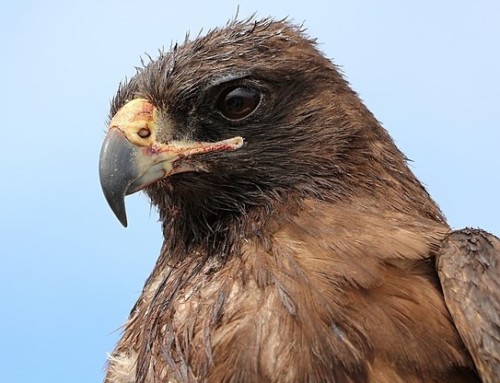Legal trade in captive birds is key to the establishment of wild populations of two alien invasive species
LINKED PAPER
The legal international wildlife trade favours invasive species establishment: the Monk and Ring-necked Parakeets in Spain. Souviron-Priego, L., Muñoz, A.R., Olivero, J., Vargas, J.M. & Fa, J.E. 2018. Ardeola. DOI: 10.13157/arla.65.2.2018.ra3. VIEW
When considering biological invasions, citizens tend to think that the species involved –particularly if they are animals—have arrived in new countries all by themselves in a process of population expansion. That they try to colonise new areas may be true, but what most often happens is that these species have been introduced on a massive scale, directly or indirectly, through human activities, regardless of any long-term consequences.
A recent study in Ardeola: International Journal of Ornithology (Souviron-Priego et al. 2018) shows in detail how the legal international wildlife trade has been key to the establishment of wild populations of two alien invasive species: the Monk Parakeet Myiopsitta monachus and Rose-ringed Parakeet Psittacula krameri, that are reported to threaten native species by competitive displacement.
Parrots are among the most traded bird groups in the world, most of them being sold as house pets for considerable profit. Lucrecia Souviron-Priego and her team have found that one million parrots, of 252 different species, have been legally imported into Spain since 1986, when Spain signed the CITES agreement. The Monk Parakeet was second-commonest and Rose-ringed Parakeet fifth in the list of the most imported species. The authors estimated the number of annual imports with the Spanish population trends for both species, which were censused in 1997, 2002 and 2015 (Fig. 1).

From 1986 to 2005, when importation of wild bird species was banned in the EU, a minimum of 190,000 Monk Parakeets (mainly from Uruguay) and about 63,000 Rose-ringed parakeets (mainly from Pakistan) entered Spain. These numbers exclude birds entering the country either illegally or before CITES was signed. The authors report that breeding populations of these naturalised species began to establish themselves in large cities some years after importation peaks, in the mid-1990s, due to continuing releases (deliberate or unintentional). By 2015 censuses by some 600 volunteers at 450 locations across Spain found 20,000 and 3,000 naturalised Monk Parakeets and Rose-ringed Parakeets, respectively.
Lucrecia Souviron-Priego tells us that “the belated response of environment managers and the establishment of naturalised breeding populations mean that numbers are expected to continue increasing, and both species may spread to new sites further from the big cities where the larger populations are currently found”. The authors discuss why these two parrot species, but not others that have been imported in similar numbers, have established themselves successfully. They note that the successful parrots were wild-caught, and so more readily adaptable to new environments than captive-bred birds.
The article emphasises that although keeping and trading Monk and Rose-ringed Parakeets has been prohibited since 2013, there are other potentially invasive parrot species that can still be bought at pet shops. Some of these, such as the Senegal Parrot Poicephalus senegalus, have already established small breeding colonies in the Canary Islands, Valencia, Barcelona and Malaga.
The conclusion is that there is an urgent need to raise wider awareness of the dangers associated with wildlife trade, and possibly to restrictor ban the importation of alien fauna for commercial purposes. The authors consider that trade in house pet exists because there is public demand. Should such demand disappear, the trade would cease.
References
Souviron-Priego, L., Muñoz, A.R., Olivero, J., Vargas, J.M. & Fa, J.E. 2018. The legal international wildlife trade favours invasive species establishment: the Monk and Ring-necked Parakeets in Spain. Ardeola 65: 233-246. VIEW
Image credit
Featured image: Rose-ringed Parakeet feeding on acorns in a holm oak © Santiago Caballero
Blog posts express the views of the individual author(s) and not those of the BOU.
If you want to write about your research in #theBOUblog, then please see here.





